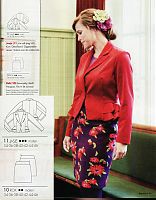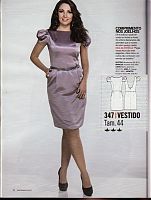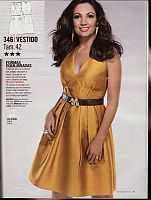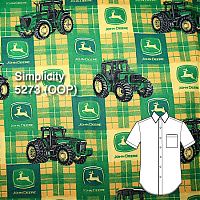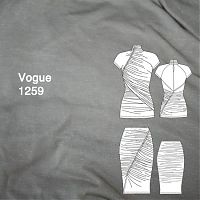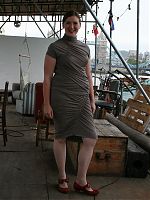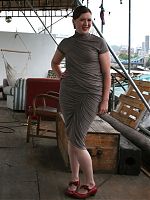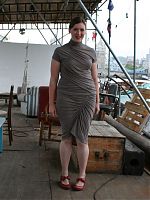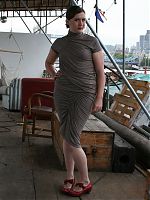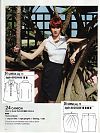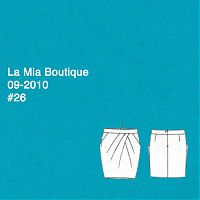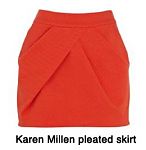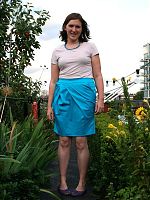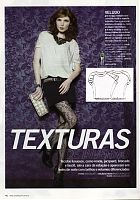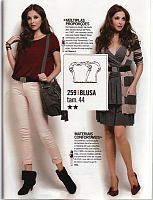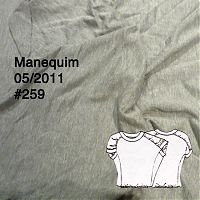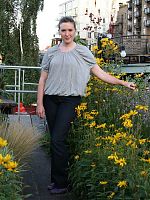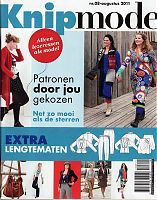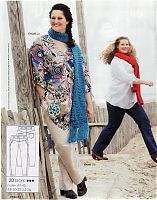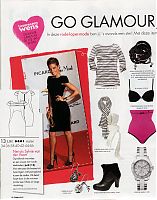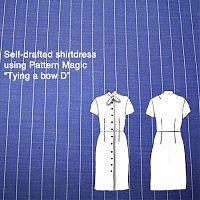The latest issue of KnipMode arrived last week, and included inside was a letter to the subscribers from the new editor. I could really only make out something about Marion magazine from my (admitted) inability to read Dutch, so I actually transcribed the whole letter through Google Translate to find out not much of anything beyond that she loved sewing from an early age, trained at fashion school, worked at Marion, and is excited to be joining the great team at KnipMode. Yawn. So no real news there at all…
I’m kinda nervous that she may try to make big changes and ruin a good thing, because 2010 was an awesome year for Knip, and these last two issues under her control have been largely mediocre.
But let’s take a look at my own favourites this month anyway…
The first pattern to greet me is for some great trousers with kneepad detail- hey! wait a minute – didn’t we just have these in the last issue??? I’ve put August’s on the right here for comparison:
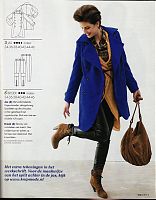
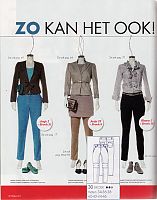
This jacket with its cute peplum ruffles might be my favourite in this issue, but I don’t really wear blazer-type jackets all that often so I’m not terribly likely to make this if I’m being honest.


